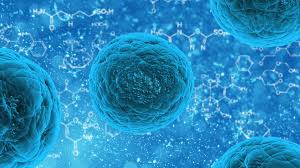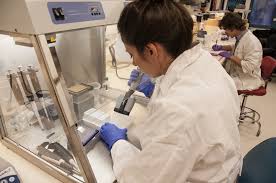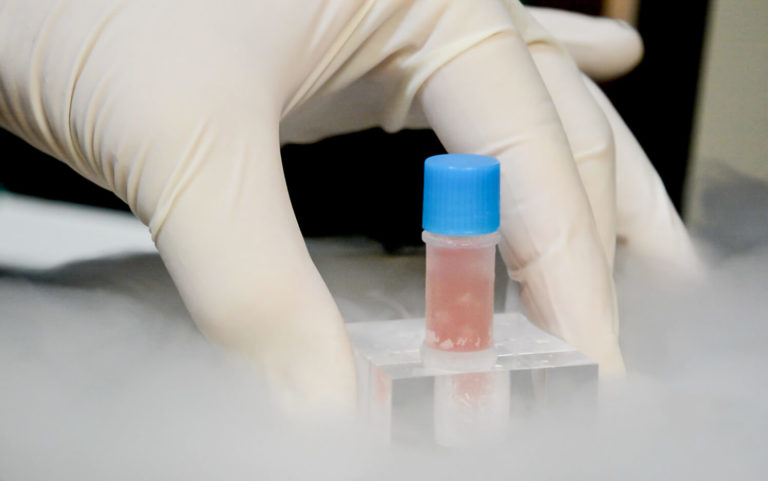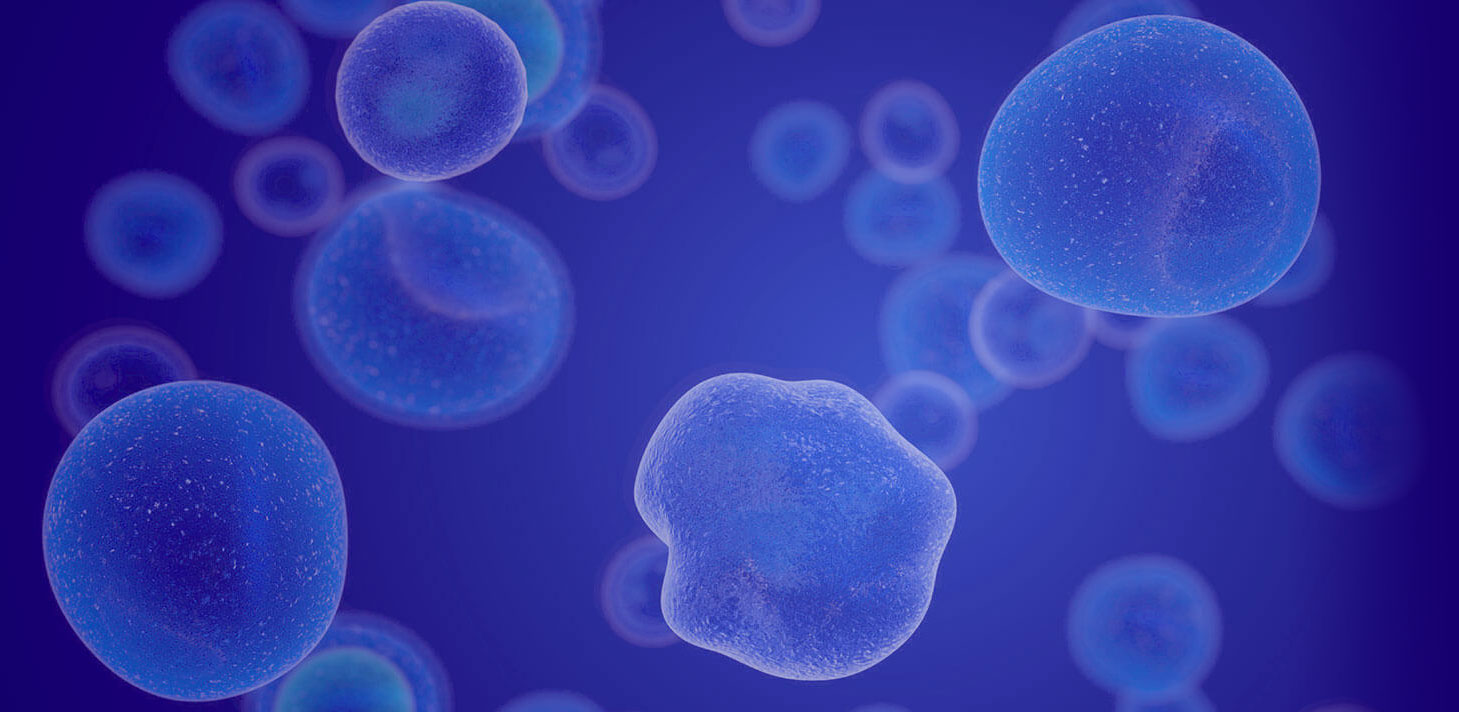Stem Cell FAQ
Conveniently located to serve the areas of Greenville, SC, Spartanburg, SC, Columbia, SC, Anderson, SC and Asheville, NC
Your Rebirth Awaits

Stem cells are undifferentiated cells that have the ability to grow and specialize into a variety of tissues and organs throughout the body. They play a special role in our development and healing. In essence, they are the seed of life in multicellular organisms, like humans, and they represent an exciting new frontier in science and medicine.
At Daisy Institute, we harness the vitality of stem cells to restore and improve our patients’ quality of life.
Celebrate new beginnings with Daisy! Dr. Haasis has a deep and varied background in the biological sciences and medical arts. His stem cell therapy harnesses the revivifying energies of the human body to bring out the best in our South Carolina community. Contact us to learn more about this fast-growing field.
Contents
- 1 Your Rebirth Awaits
- 2 What Are Stem Cells?
- 3 What Can Stem Cells Be Used For?
- 4 How Quickly Do Stem Cells Work?
- 5 Are There Any Ethical Issues with Adult Stem Cell Therapy?
- 6 Does Stem Cell Therapy Hurt?
- 7 Is Platelet Rich Plasma (PRP) Considered a Form of Stem Cell Therapy?
- 7.1 What Is Platelet Rich Plasma?
- 7.2 What Should I Expect Following Stem Cell Therapy?
- 7.3 Is Stem Cell Therapy Permanent?
- 7.4 How Many Treatments Will I Need?
- 7.5 How Long Does Stem Cell Therapy Last?
- 7.6 Does Stem Cell Therapy Really Work?
- 7.7 What Is the Success Rate?
- 7.8 What Is the Difference Between PRP and Stem Cell Injections?
- 8 How Much Does Stem Cell Therapy Cost in South Carolina?
- 9 References
What Are Stem Cells?
Stem cells are the undifferentiated cells in your body that have been responsible for your growth and development since before you were born.[1] Have you ever wished for a “blank slate” in life? What if you could start over and progress along a different path? Biologically speaking, this is the opportunity that stem cell therapy provides your body’s systems. Most cells in the body are differentiated cells. This means they are fixed in a given form and function.[2] For example, nerve cells weave a web of synapses that bring awareness to the body. Differentiated cells have only limited regenerative abilities. But stem cells are crackling with biological potential. Their ability to mature into a multiplicity of possible capacities grants them remarkable rejuvenating properties.

In the beginning, you were just one cell, a zygote budding with possibility. The zygote divides, exponentially increasing your cell count until, eventually, the cells differentiate and develop, specializing and specifying their fate to carry out the vital functions of your autonomy. Stem cells are cells that haven’t differentiated yet. They have the unique ability to divide indefinitely, creating more undifferentiated stem cells or else winnowing their fate to a particular function, such as a nerve cell or red blood cell. Other cells in the body can only replicate a limited number of times before they begin to break down.
What Can Stem Cells Be Used For?
Stem cell therapy harnesses the limitless potential of stem cells to encourage healing and push back the relentless advancement of age. They have a rejuvenating effect, supercharging your body’s ability to recover and regenerate in ways that differentiated cells cannot.[3] Undifferentiated stem cells can be coaxed into a multitude of purposes, depending on the patient’s needs.
The field of integrative medicine is growing every day as we learn ever more about the body’s ability to heal itself. At Daisy Institute, we have discovered some remarkable applications for stem cells, particularly in the areas of orthopedic pain and injury. Stem cells’ life-affirming forces have cosmetic benefits, as well, restoring your youth with their regenerative effects.
Stem Cell Therapy for Orthopedic Issues
- Shoulder Pain
- Back Injuries
- Elbow Aches
- Knee Discomfort
Aesthetic Enhancement Therapies with Stem Cells
- Rejuvenating Facials
- Enhancing Sexual Pleasure and Potency
- Healing PRP Serums
How Quickly Do Stem Cells Work?
The benefits of stem cell therapy emerge slowly and steadily as they lend their power to the healing process. It can take up to a month before your results will unequivocally reveal themselves.
Expect mild soreness at the injection site for about a week. Also, some anti-inflammatory medications like aspirin may have a negative effect on your results and should be avoided.
Are There Any Ethical Issues with Adult Stem Cell Therapy?
No, adult stem cell therapy is not a controversial practice because it avoids many of the ethical issues which sometimes arise with embryonic stem cells.[4]
Unlike embryonic stem cells, adult stem cells do not have the potential to develop into a human being.
Dr. Haasis thoroughly screens and verifies his donor cells from a trusted source so that he can pass the peace of mind on to you. We have the highest reverence for the life force, especially yours! We believe in unleashing the greatness sequestered in our South Carolina community.
Does Stem Cell Therapy Hurt?
Your comfort is our highest priority at Daisy Institute. Dr. Haasis began his medical career as a pain management specialist, after all. There may be some pressure at the injection site, but the process is fairly quick. If necessary, Dr. Haasis can provide you with a numbing agent to ease any irritation at the injection site.
Is Platelet Rich Plasma (PRP) Considered a Form of Stem Cell Therapy?

Platelet Rich Plasma (PRP) treatment is a form of stem cell therapy. The two modalities overlap quite a bit in their means and ends. They both employ your body’s own resources to renew and repair damaged, aging tissues. The two therapies often complement each other to provide comprehensive healing and outstanding enhancement for our grateful patients. In fact, the PRP serum has the tendency to attract stem cells to the healing site aid in the repair process.[4]
What Is Platelet Rich Plasma?
Platelet Rich Plasma (PRP) is a serum devised from your own blood. Your blood’s plasma contains an amazing array of invigorating agents. Platelets play a critical role in healing injured tissue by activating adjacent stem cells. Platelets are called upon every time you cut yourself. Your blood’s plasma ferries restorative cell structures to scab over the wound and accelerate the healing process. PRP can help treat orthopedic conditions like arthritis, tendonitis, tears, sprains and strains. PRP therapy has been embraced by a number of professional athletes like Steph Curry and Tiger Woods. They seek to shorten recovery and maximize performance.[5]
What Should I Expect Following Stem Cell Therapy?
Your recovery time shall depend on the specific condition that is being treated. Some mild stiffness and soreness is par for the course in many medical procedures, including stem cell therapy. Tenderness at the treatment site will endure for several days and then subside as the regenerative effects take hold. We strongly advise that you refrain from taking asprin for at least two weeks after treatment. In the meantime, ice and ibuprofen will safely and effectively manage any discomfort.
Is Stem Cell Therapy Permanent?
Stem cell therapy can provide years of long-lasting relief and enhancement. At Daisy Institute, we have successfully employed Stem Cell Therapy to treat a variety of orthopedic conditions and to aesthetically offset the cumulative effects of aging.
How Many Treatments Will I Need?
Your frequency of treatments shall depend on the scope of your care. Our patients often require multiple injections over the course of several weeks.
How Long Does Stem Cell Therapy Last?
The healing process is gradual yet unwavering. Following your therapy, the stem cells will continue to form new cells in the target area for up to one year. You will experience the benefits much sooner, however. Most of our patients report an improvement in as little as two weeks.
Does Stem Cell Therapy Really Work?
Yes, stem cell therapy produces amazing results for an assortment of issues, including orthopedic and cosmetic concerns. Many of our patients experience chronic pain or have suffered some injury. They come to Daisy Institute with arthritic knees, torn ACLs and more. Stem cells’ healing properties can also rejuvenate your appearance by walking back the inevitable wear of age.
What Is the Success Rate?
At Daisy Institute, our patients report high levels of relief and satisfaction with the outcomes of their stem cell therapy. Many of our worst cases of knee and hip pain have seen their symptoms reduced by as much as 50 percent! It’s no small wonder that many of them come back for subsequent treatments.
What Is the Difference Between PRP and Stem Cell Injections?
The treatments are very similar in that they both use your body’s own life energy to regenerate and reinvigorate a range of orthopedic and cosmetic concerns. Often, PRP and stem cell therapy are paired together to enhance their outcomes.
How Much Does Stem Cell Therapy Cost in South Carolina?
Every patient’s journey is unique and Daisy Institute is committed to being both a helper and your guide. We believe that you have the healing power within yourself to achieve your medical and aesthetic goals. Your final cost is calculated based on your range of treatment. At your private consultation, Dr. Haasis will become acquainted with your case and recommend your personal course of action. At this time, he will prudently provide you with a price estimate.
Contact us for an expert consultation with Dr. Haasis. Dr. Haasis’ own journey includes a background in biology and genetics. He is a board-certified anesthesiologist and fellowship-trained in pain management. He is also a highly trained and sought after acupuncture practitioner, trained by the UCLA School of Medicine and the Helms Medical Institute. His broad knowledge is matched only by his deep compassion. He is a physician, father, husband, exercise enthusiast and an avid animal lover.
If you would like to unleash your body’s own regenerative energy to significantly improve your quality of life, let’s get the conversation started!
References
- Ankrum, J., & Karp, J. M. (2010). Mesenchymal stem cell therapy: Two steps forward, one step back. Trends in Molecular Medicine, 16(5), 203–209. doi: 10.1016/j.molmed.2010.02.005
- Cao, Y., Ji, C., & Lu, L. (2020). Mesenchymal stem cell therapy for liver fibrosis/cirrhosis. Annals of Translational Medicine, 8(8), 562–562. doi: 10.21037/atm.2020.02.119
- Fadini, G. P., Agostini, C., & Avogaro, A. (2010). Autologous stem cell therapy for peripheral arterial disease. Atherosclerosis, 209(1), 10–17. doi: 10.1016/j.atherosclerosis.2009.08.033
- Harding, J., Roberts, R., & Mirochnitchenko, O. (2013). Large animal models for stem cell therapy. Stem Cell Research & Therapy, 4(2), 23. doi: 10.1186/scrt171
- Sassoon, D., & Bismuth, K. (2010). Faculty Opinions recommendation of Limbal stem-cell therapy and long-term corneal regeneration. Faculty Opinions – Post-Publication Peer Review of the Biomedical Literature. doi: 10.3410/f.3779956.3508054


